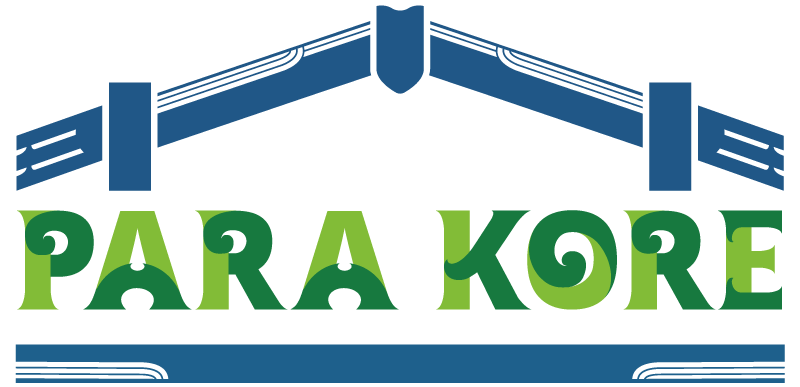We are HĀ (History of Aotearoa). This is our story of how working with Para Kore influenced our education programme Kākano, our roles as facilitators, and the learning experiences of our tauira.
What is HĀ?
Established in 2019, HĀ shares the belief that learning from our history and being guided safely by te ao Māori has the potential to create a unified future for this multicultural world in which we live. HĀ is based in Whangarei, Te Taitokerau and works mostly with Whangarei schools but also runs programmes in Tāmaki Makaurau.
What is Kōkōwai?
Kōkōwai, (also known as haematite) is an iron-ore used to produce red-ochre pigment for rock art.
What is Kākano?
Kākano is the first education programme developed and facilitated by HĀ. Kākano uses art as a tool to guide year 10 students through our history while allowing them to express their vision for the future. Our content is based on both localised mātauranga Māori and trusted academic accounts. The use of mahi toi throughout the programme improves knowledge comprehension, deepens their identity and sense of belonging and is an outlet for their personal interaction with our history.
Our Story
In August 2021, HĀ had a combined Para Kore and Kōkōwai wānanga. Here we learned about different forms of waste and their connection to the atua. We learned of the mātauranga and hītori of kōkōwai, how to use kōkōwai in our mahi toi and how to integrate Para Kore and kōkōwai into our Kākano programme.
These wānanga made us change the resources we use because acrylic paint, felt tip pens, glitter and plastic paint brushes are harmful to te taiao. We now use kōkōwai in our programmes, and teach the hītori and mātauranga behind it. This supports connection to te taiao, Papatūānuku and the whenua.
The following is one of our facilitator’s whakaaro on the ongoing transformation:
“Kōkōwai allowed the students to physically connect with the stories we are telling. Understanding kōkōwai helped them better understand the significance of Papatūānuku and the Māori ways of relating to the environment. They experience the mātauranga and hītori on the tactical level, it’s not just a flat piece of history written in a book, it brings our history to life, creating with it.”
Using kōkōwai increased creativity, with the tauira conveying abstract messages, ideas, themes and understandings. Kōkōwai replaced the often literal and concrete ideas seen with the use of resources such as acrylic paints and felt tip pens.
Changing the form of kōkōwai such as watering it down or using it in dry powder with painting, drawing or layering, challenges their creativity, and encourages them to think outside the square. The switch to kōkōwai fulfills our aim of providing a space where tauira can learn about our hītori with creativity, an open-mind, and the desire to be innovative.
Our Para Kore kaiārahi, Hollie, helped us realise that using kōkōwai was the missing piece and as a result everything is better aligned for us as rōpū and a kaupapa.
Impact Theme | Te Ao Māori - Cultural Impact
The use of kōkōwai embodies a stronger connection to te ao Māori and our relationships with the whenua. Kōkōwai and its mātauranga is being passed on to the next generation. Understanding how kōkōwai connects us to our hītori is transformational. Because the stories connect with the kōkōwai, their learning experience is deepened and more tangible. Through the use of kōkōwai we have reduced our waste, and embraced connection to te taiao.
For us the kaupapa has enhanced our hauora. We feel tika about what we are doing. We have grown a sense of confidence, assurance and tau in the kaupapa we are delivering to tauira. We feel as though we are now upholding the mana of Papatūānuku, of whakapapa, and of our hapori.
